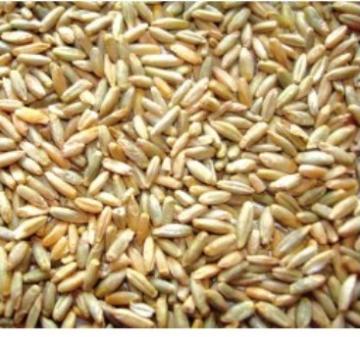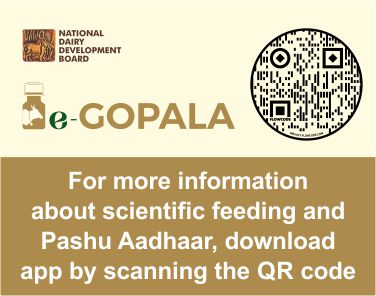
Rye (Secale cereale)
Rye is the grain most tolerant of adverse growing conditions, like extreme cold and acidic soil conditions. Because of its poor palatability and presence of numerous deleterious factors use of rye in animal feed is very limited.
Nutritive value
Rye grain is very similar to wheat in composition although rye protein has higher lysine and lower tryptophan contents than wheat protein. Protein content of rye varies from 10-14% and TDN 75-80%. It is regarded as the least palatable of the cereal grains. It is also liable to cause digestive upsets and should always be given with care and restricted amounts.
Deleterious factors
Rye has never given favourable results in animal feeding as its nutrient composition suggests that it should. Numerous deleterious factors have been suggested as being responsible for this, including alkyl resorcinols, ergot, pectins, pentosans and water soluble glucan like gums. Rye contaminated with ergot (Claviceps purpurea) may be dangerous to animals. This fungus contain a mixture of alkaloids, of which ergotamine and ergometrine are the most important and in view of their action on uterine muscle, have been implicated as a cause of abortion in cattle consuming ergot infested rye. More importantly chronic poisoning by the alkaloids causes injury to the epithelium of the capillaries reducing blood flow and resulting in coldness and insensitivity of the extremities. Subsequently lameness and necrotic lesions occur in the in the feed, tail and ears of mammals. Like wheat, rye should be crushed or coarsely ground for feeding to animals. Studies with cattle suggest that to avoid depressing performance rye should be restricted to 40% or less of diet.
